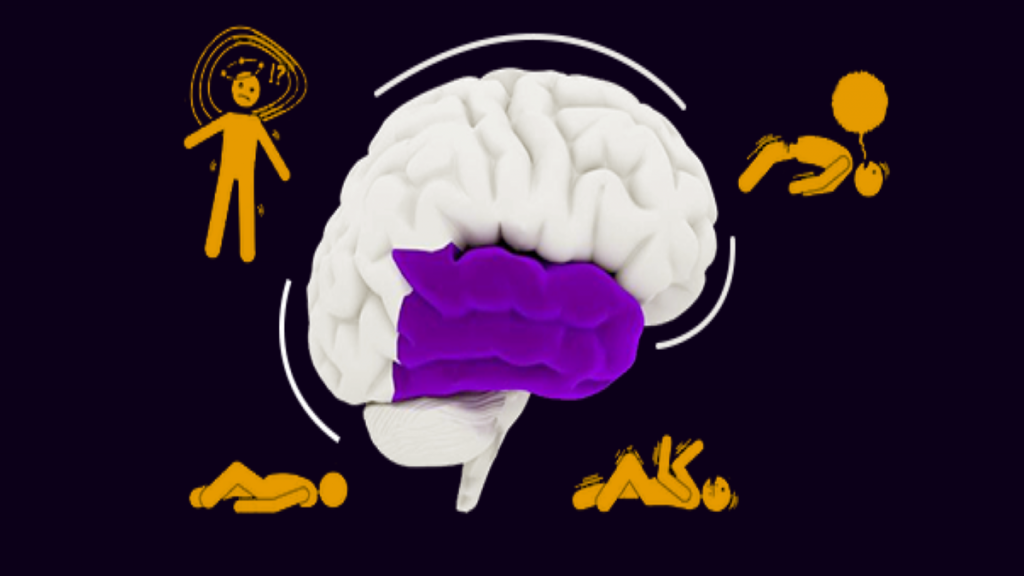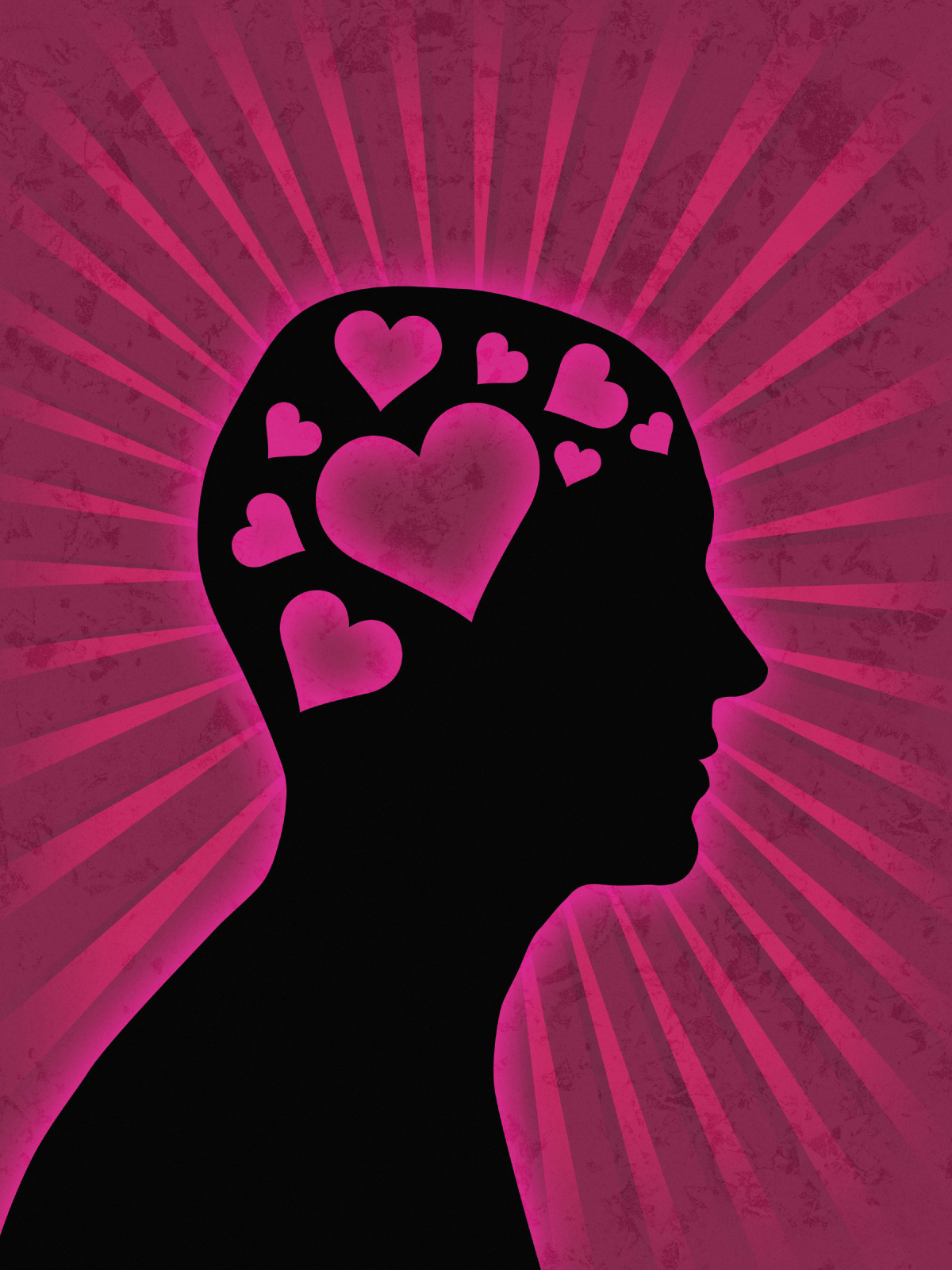Medically reviewed by Dr. Muhammad Ashraf Shera.
It’s a known fact that our brains are wired via neurons, generating continuous electrical impulses. But, little did we know that these impulses are only allowed to travel in an orderly pattern, for if they go a little out of place, a seizure comes in action! If you don’t already know, seizures are abnormal movements and behaviors due to unusual activity in the brain. When these seizures become recurrent, epilepsy is diagnosed.
It is important to educate ourselves about disorders that are apparent in our society, among our peers and family members. Therefore, read this article and get to know more about the fourth most common neurological disorder.
The Seizure Dictionary
Seizure is the only characteristic symptom of epilepsy. The other symptoms that present with it are all dependent upon what kind of a seizure is present. So, let’s dig in!
Partial Seizures
When the seizures appear due to an abnormal activity in one side of the brain, they are called partial seizures. Doctors usually further categorize them into two categories:
· Partial seizures without loss of consciousness
In this type, the person does not lose their consciousness and there may only be an alteration of emotions or a change in the way they see, hear, touch, feel or smell things. Other than that, involuntary jerking movements of one limb and spontaneous sensory symptoms such as tingling, dizziness and flashing lights may be present.
· Partial seizures with loss of awareness
These types of seizures are called complex partial seizures because it’s a bit tricky to identify them. The person experiencing this is either staring into space, not responding normally to the environment or performing repetitive movements such as hand rubbing, chewing, swallowing or walking in circles.
Generalized Seizures
The seizures involving all areas of the brain are called generalized seizures and are classified into six different categories.
· Absence seizures
Characterized by staring into space or subtle body movements such as eye blinking or lip smacking, absence seizures are usually seen in children.
· Tonic seizures
In this particular type, stiffening of the muscle, usually of the back, arms and legs takes place.
· Atonic seizures
In this type, the opposite of tonic seizures occurs causing a loss of muscle control which results in the suffering individual to suddenly fall down.
· Clonic and Myoclonic seizures
While clonic seizures are associated with repeated or rhythmic, jerking muscle movements; myoclonic seizures usually appear as sudden brief jerks or twitching of arms and legs.
· Tonic-clonic seizures
The most dramatic of them all, this type causes the person to fall down with stiffened muscles and jerking movement of the whole body. They may also experience a loss of bladder control or biting of the tongue.
To Finish it off
Epilepsy has no identifiable cause in almost half of the cases and it technically just… happens. However, a head injury, previous strokes and some developmental disorders such as autism may pave an easy way for the seizures to arrive. But, what’s important is to educate oneself about this disorder and know what to do when a loved one is suffering from it. Which is why, after you are done memorizing the summarized seizure dictionary via today’s blog, wait for our next blog to find out how to take care of a loved one with epilepsy.





